Portland Japanese Garden Brings a Kyoto Market to Portland
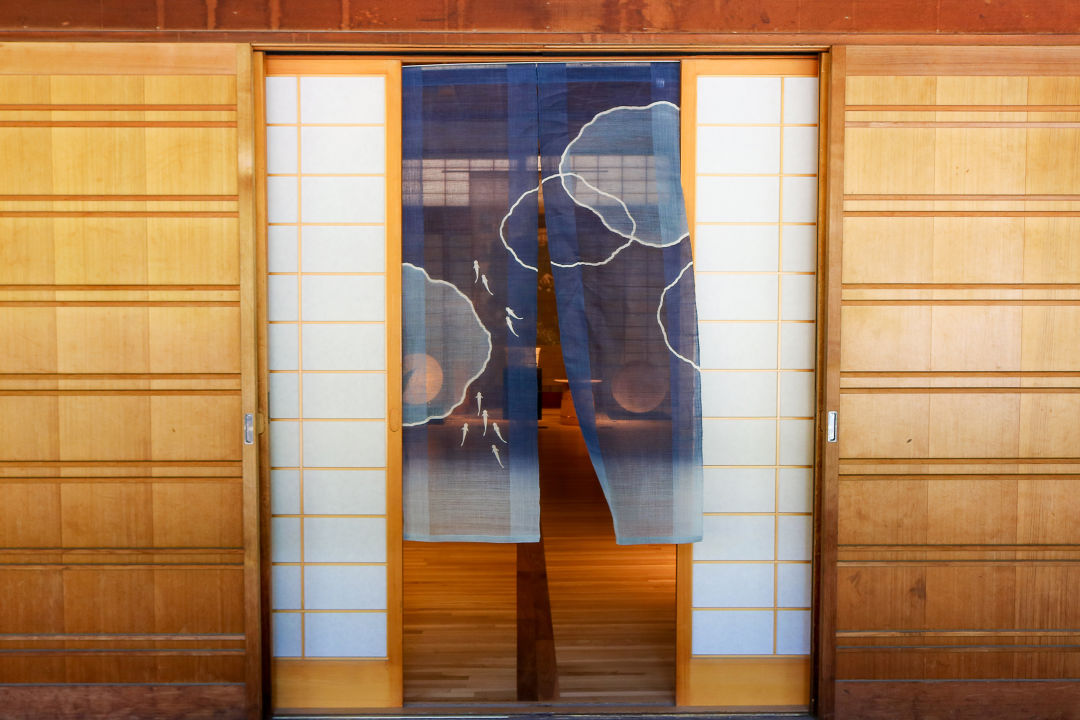
Image: Julia Taylor
LIKE WALKING THROUGH A KYOTO MARKET
Kyoto has been a tourist mecca for more than 1,000 years, but on the 21st day of every month, the tranquil grounds of Kyoto’s Toji Temple erupt with colorful activity unlike anything else in Japan. From vibrant fabrics and textiles, rows of priceless antiques, refined porcelain pieces to delicate paper products and prints, this Kyoto marketplace draws visitors from around the world!
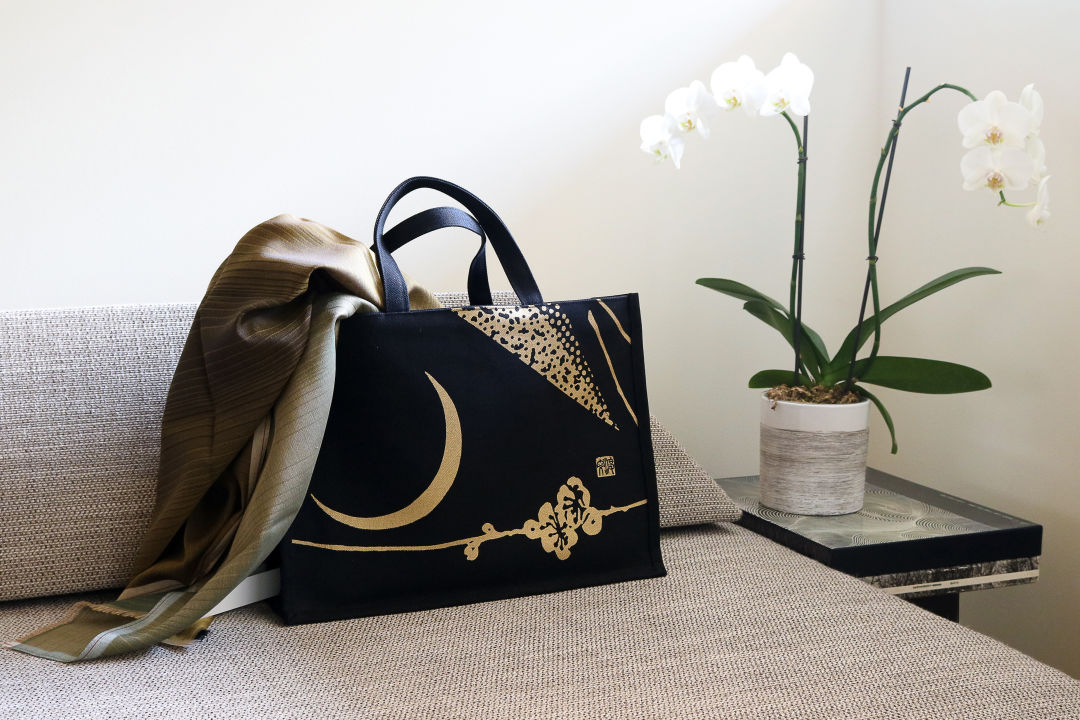
Image: Julia Taylor
Over the centuries, the pathways leading to various temples across Japan became small busy villages called monzen-cho, serving tea and selling omiyage (souvenirs) to the throngs of visitors who come to pray at the temples and buy gifts for family and friends back home.
In honor of their Year of Kyoto, Portland Japanese Garden has brought the Kyoto marketplace to Portland. Hand-dyed textiles, incense, woodblock prints, and decorative porcelain vases are just a few of the exquisite items available from vendors and artists of the Kansai Region of Japan, which includes Kyoto, Osaka, and surrounding areas.
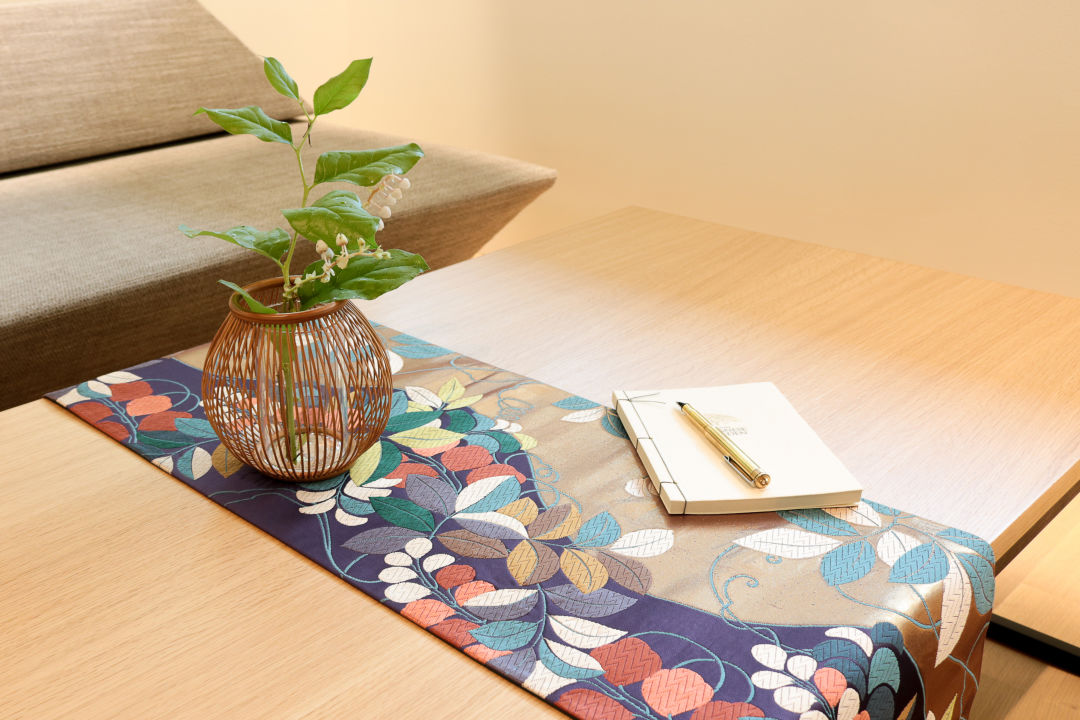
Image: Julia Taylor
FEATURED VENDORS
Peek behind the Garden’s Pavilion Gallery’s shoji screens to marvel at the exquisite hand-dyed fabrics of Le Ciel, the French word for “sky”. All of the products are made of textiles woven by hand. Each takes about two weeks and a team of craftspeople to create. Products range from noren (curtains hung in doorways for privacy), to tapestries, and other accessories made from ramie. Ramie is native to Asia and is one of the strongest natural fibers.
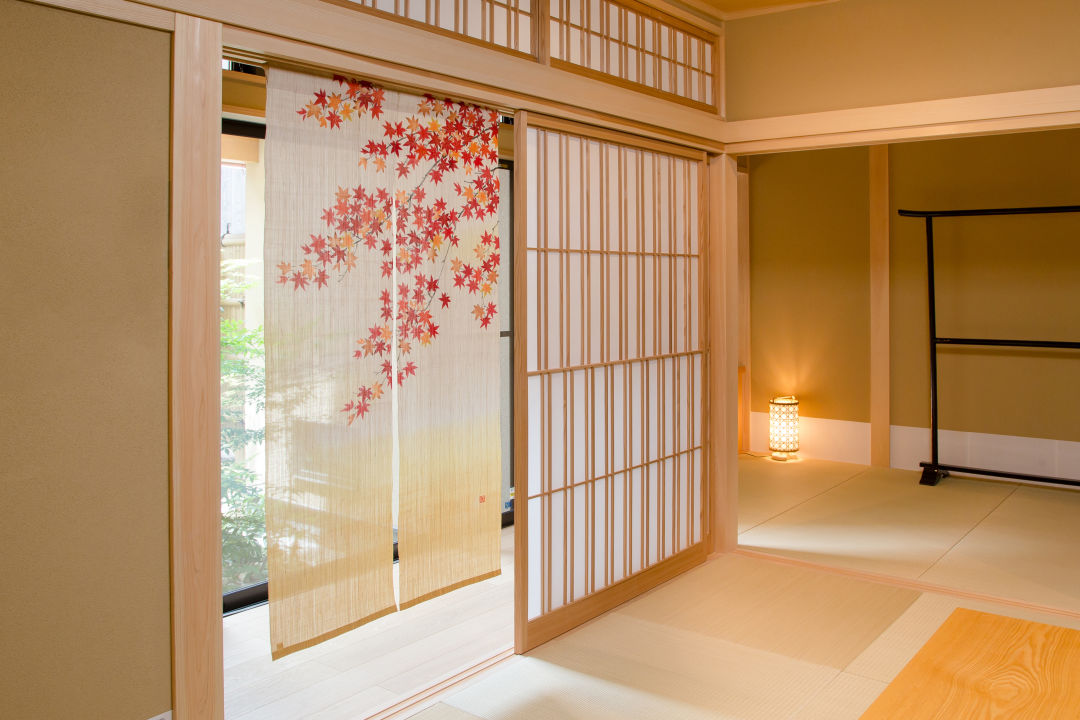
Image: Le Ciel
Founded in 1901, the Kyoto based company Miyai has a longstanding history in specialized wrapping cloths called furoshiki. In the Kansai region, furoshiki are frequently used to wrap gifts for special occasions. In Japan, where the thoughtfulness of careful wrapping is almost as important as the gift itself, the tradition of making fine furoshiki continues with ever more inventive designs to suit both the traditional and the modern customer.
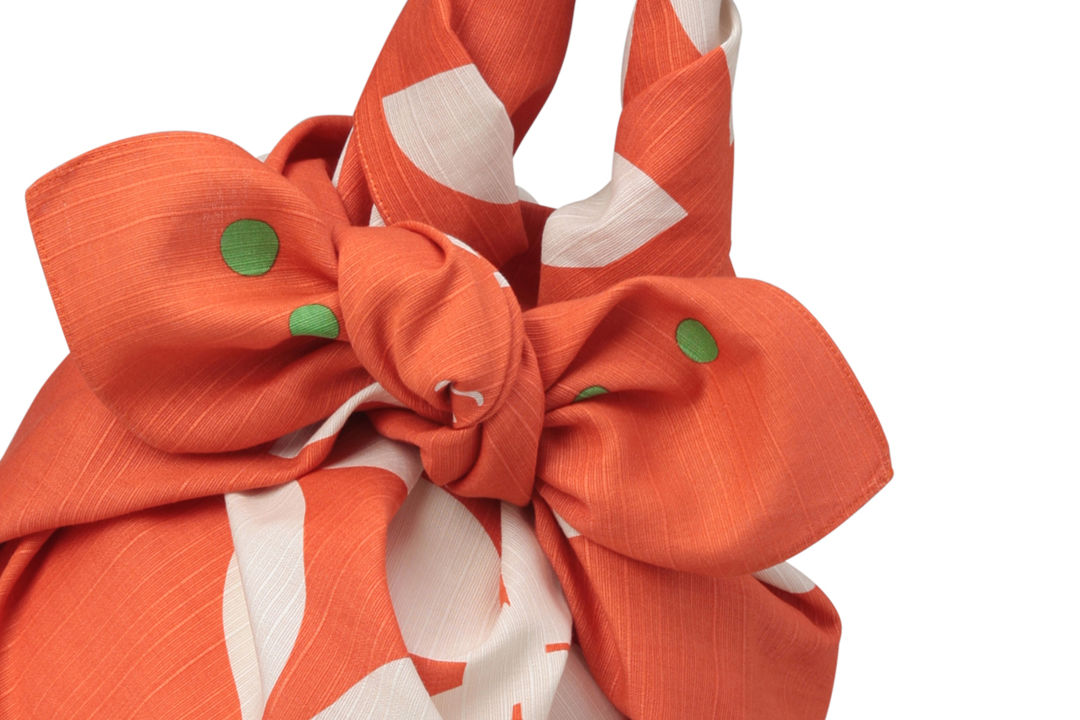
Image: Miyai
Suzuki Shofudo has been making paper for more than a century. The Kyoto-based company will be offering 50 original products such as multi-purpose boxes and cases with 30 various washi paper patterns. Suzuki Shofudo mashes soybeans to make a milk. When applied to the paper, the soybean milk helps keep the color pigment more consistent. Kaleidoscopes have been a staple items since the company was founded in 1893, and feature early Shwa-era kimono patterns.
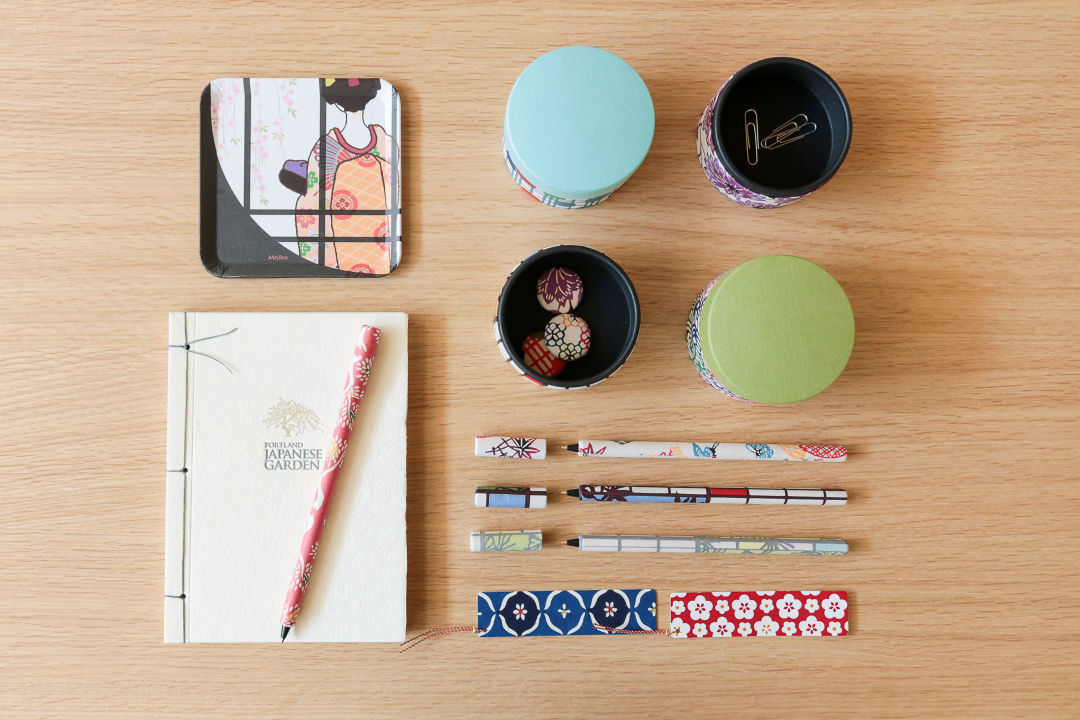
Image: Julia Taylor
Behind the Shoji: Kyoto Marketplace runs through September 3. Access is included with Garden admission. For more, visit japanesegarden.org.
